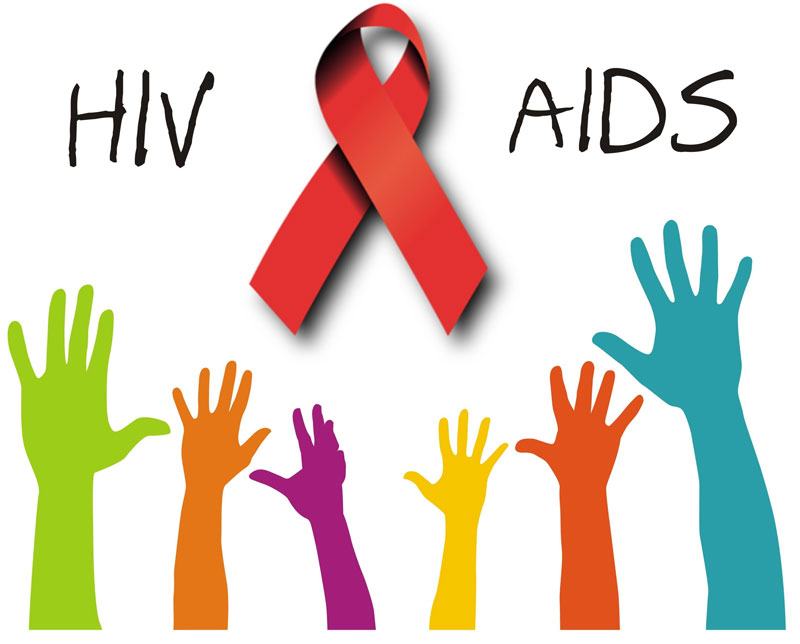The Deadliest Pandemics and Outbreaks in History

The Deadliest Pandemics and Outbreaks in History
Even though the word ‘outbreak’ is relative as a modern outbreak could be a virus which kills a couple of hundred thousand people, a look back through history quickly reveals outbreaks so deadly and far-reaching that they have essentially changed the course of history.
Below we detail the deadliest outbreaks, pandemics, and plagues which ravaged humans throughout history.
The Black Death
The Black Death was so devastating that by simply saying “The Plague”, most will immediately know of what you speak. During the mid-14th century from 1347-1357, in a time when the global population was estimated at 450 million, it is believed that the Black Death took the lives of at least 75 million people. Some estimates are even as high as 200 million.
The Plague essentially remade the European landscape and the world, and as much as half of Europe was taken out in a span of 4 short years.
The name of the plague was derived from the black spots that appeared on the skin of the sailors who travelled the Silk Road, docking in a Sicilian port, and bringing with them the devastating disease from their Asian voyage – now known to be the bubonic plague.
The Spanish Flu of 1918
Roughly 90 years prior to the 2009 swine flu outbreak which killed more than 200,000 people, reports of an especially deadly form of influenza began to appear around the world. Kansas became the site of the first U.S. Case in March 1918 and reports began appearing in multiple countries around the world. The disease spread like wildfire and the close living quarters of troops fighting in World War I only sped up the process. Unfortunately many weren’t as lucky as you will be when using these AFL betting odds!
Despite the fact that the pandemic didn’t originate in Spain, this first instance of an H1N1 pandemic was dubbed the Spanish Flu. However, it burned out quickly and the explanation for why this was is still unknown today. The pandemic was over by 1919, but not before decimating the global population. It is believed that as many as 50 million people died as a result of the Spanish Flu.
HIV/AIDS
Unlike the other pandemics mentioned previously, HIV/AIDS is a pandemic we’re still battling today and even though there have been massive strides in managing the disease, a complete eradication may still be a long way away. Stemming from Cameroon and first recognised as a disease in 1981, the first documented case is believed to be as early as 1959 in the Congo.
As of 2016, 70 million people have been infected with the HIV virus and roughly 35 million people have died of HIV and the impact of the disease varies greatly across the world.

The Plague of Justinian
In the year 541 AD, rats aboard Egyptian grain boats brought a pestilence upon the Eastern Roman Empire which would ultimately leave approximately 25 million people dead. The Plague of Justinian, as it came to be known, quickly tore through the empire and even the emperor for which it was named – Justinian – contracted the disease. Even though the emperor lived, unfortunately many didn’t and it is estimated that at one point as many as 5000 people died every day in Constantinople.
By the plague’s end in 542 AD roughly 40% of the city’s population had died and modern experts believe that it was the first recorded case of the bubonic plague.



